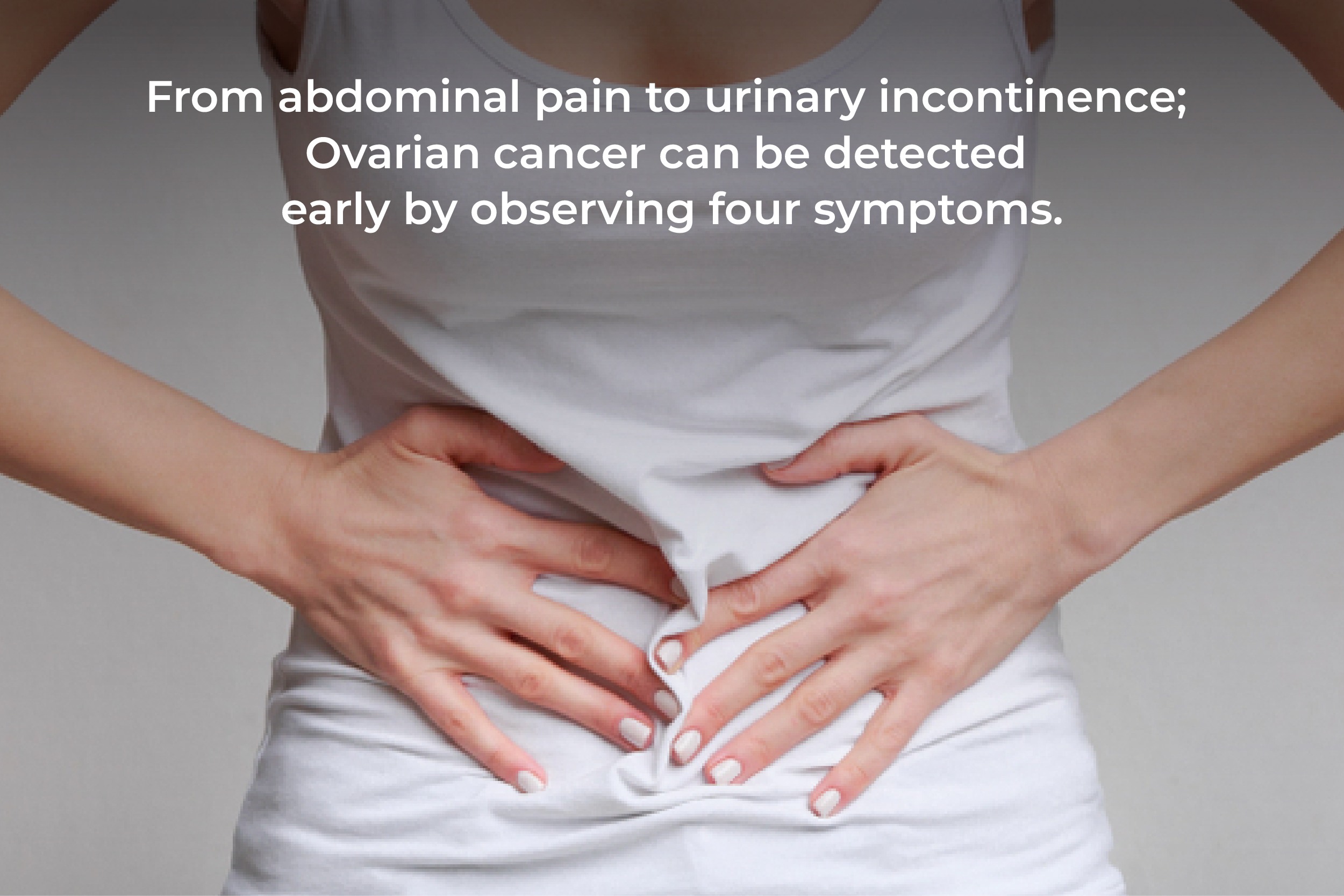Ovarian cancer is one of the most delayed diagnoses in women. Confirmation often occurs in the late stages of the disease. This limits treatment options and can lead to patient death. A group of researchers have conducted a study on the symptoms that help to identify the risk of ovarian cancer early. Researchers say that by recognizing the symptoms, cancer confirmation can be done early, thereby improving treatment options.
The study has been published in the International Journal of Gynecological Cancer. Researchers at the University of Birmingham in the UK are behind the study. Researchers say that ovarian cancer risk can be detected by observing four main symptoms. The main symptoms are bloating, abdominal pain, frequent urination, and sudden feeling of fullness.
The researchers say that women who experience these symptoms regularly should see a specialist immediately and get the necessary tests done. Researchers from the UK are behind the study. The study was conducted between June 2015 and July 2022. Data were collected on 2,596 women between the ages of sixteen and ninety. The data was collected from various hospitals in the UK.
Twelve percent of them were diagnosed with ovarian cancer. 6.8 percent were also confirmed to be in serious condition. A quarter of women diagnosed with invasive cancer survived only because the disease was detected early and treatment started early. Researchers say that early detection of the disease is important to survive ovarian cancer.
Risk factors
- The risk of ovarian cancer increases with age. It is mostly confirmed in the elderly.
- Genetic factors are behind a small percentage of ovarian cancers. BRCA1 and BRCA2 genes increase the risk.
- If a blood relative has been diagnosed with ovarian cancer, the risk is higher.
- Obesity and a condition called endometriosis can increase the risk of ovarian cancer.
- Early onset of menses, late menopause, and failure to conceive can increase the risk of the disease.
This is a cancer that affects the ovaries. In the beginning, there may be no symptoms. Between the time the symptoms start showing and the other parts are affected.


